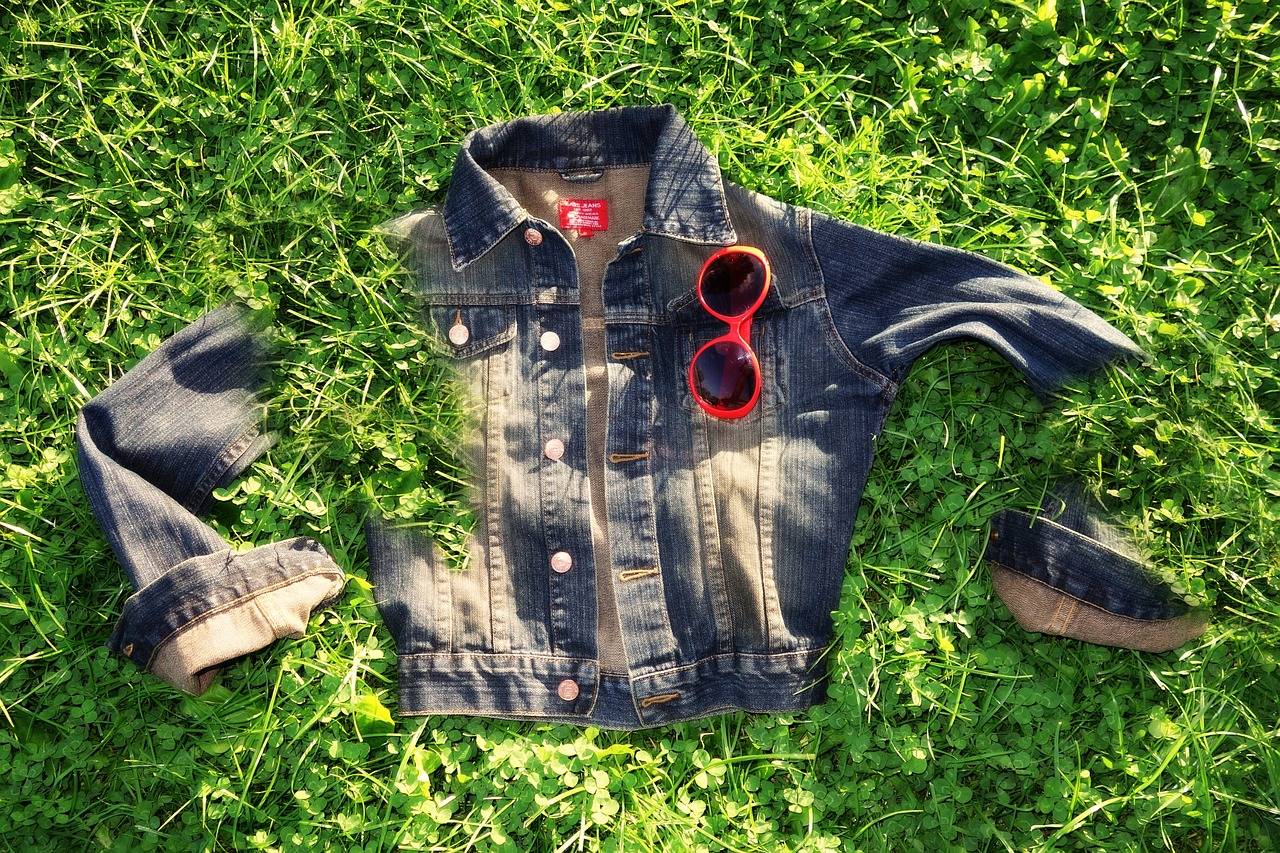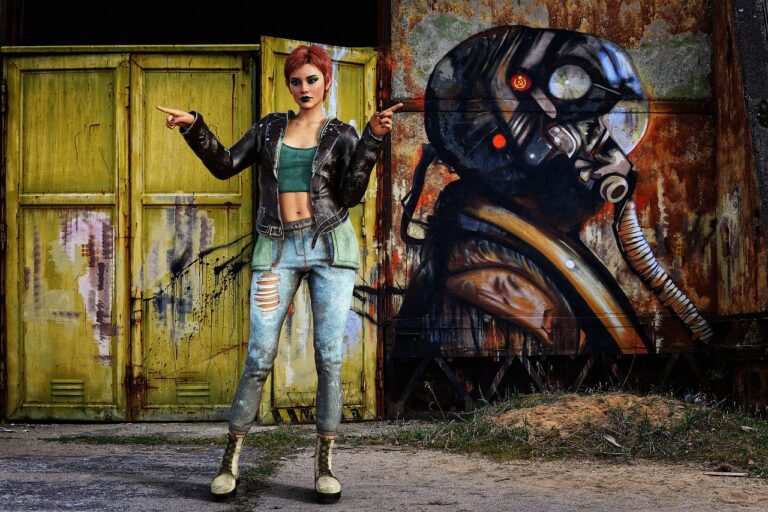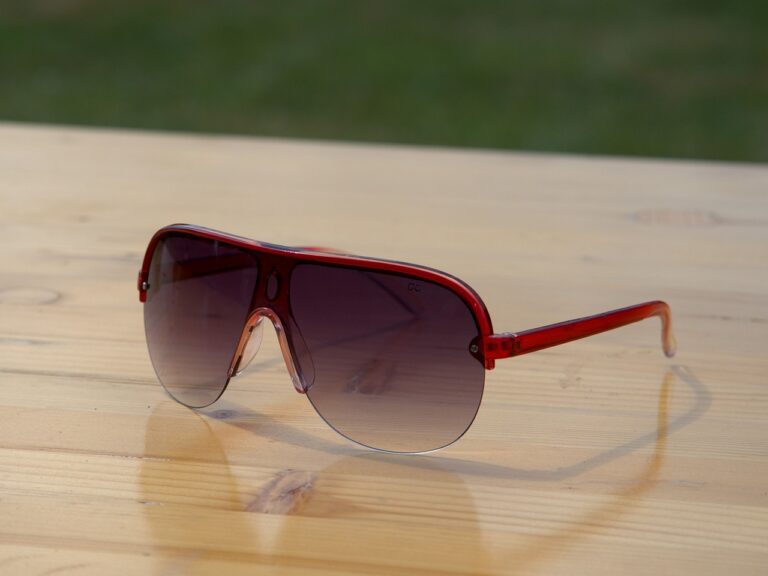The Role of Fashion in Historical Movements: Clothing as a Form of Protest: Skyexchange, World 777, Goldbet7
skyexchange, world 777, goldbet7: Fashion has always been a powerful tool for self-expression, but many people may not realize its significant role in historical movements. Throughout history, clothing has been used as a form of protest, helping to amplify voices and make powerful statements. From suffragettes donning white dresses to Black Panthers in black leather jackets, fashion has been instrumental in shaping and influencing social and political change.
**Fashion as Protest**
Clothing has long been a symbol of identity and social status, and when used strategically, it can serve as a powerful form of protest. By adopting a certain style or wearing specific garments, individuals can make a statement and challenge societal norms. During the Civil Rights Movement in the United States, for example, African American activists used their clothing to reclaim their cultural heritage and challenge racial oppression. By wearing traditional African clothing and hairstyles, they asserted their identity and resistance to assimilation.
**The Power of Uniforms**
Uniforms have also played a significant role in historical movements, serving as a powerful symbol of unity and solidarity. From the Black Panthers to the suffragettes, organized groups have used uniforms to create a sense of cohesion and convey a strong message. The Black Panthers, for example, wore black leather jackets as a symbol of strength and resistance, while the suffragettes wore white dresses as a symbol of purity and strength.
**Breaking Gender Norms**
Fashion has also been instrumental in breaking down gender norms and challenging traditional ideas of masculinity and femininity. Throughout history, individuals have used their clothing choices to challenge societal expectations and assert their own identity. From women wearing pants to men wearing skirts, fashion has been a powerful tool for challenging gender norms and advocating for gender equality.
**Fashion and Global Movements**
Fashion has not only played a role in local movements but also on a global scale. From the anti-globalization protests of the late 1990s to the recent climate strikes led by Greta Thunberg, clothing has been used as a form of protest to raise awareness and demand action. By wearing sustainable and ethically made clothing, activists have been able to draw attention to issues such as climate change and worker rights, sparking important conversations and inspiring change.
**Fashion and Solidarity**
In addition to its role in protest, fashion has also been used as a tool for solidarity and support. Whether through wearing a certain color or a symbol, individuals have been able to show their support for a cause and stand in solidarity with others. During the Me Too movement, for example, individuals wore black to the Golden Globes as a symbol of solidarity with survivors of sexual harassment and assault.
**Fashion as a Form of Expression**
Overall, fashion has been a powerful form of protest throughout history, allowing individuals to express their identity, challenge societal norms, and advocate for change. By using clothing as a tool for protest, individuals have been able to amplify their voices and make a powerful statement. From breaking gender norms to promoting solidarity, fashion has played a significant role in historical movements and continues to be a powerful tool for social and political change.
**FAQs**
**Q: How has fashion been used as a form of protest in historical movements?**
A: Fashion has been used as a form of protest in various ways, from challenging gender norms to expressing solidarity with a cause.
**Q: Why is fashion an effective tool for protest?**
A: Fashion is an effective tool for protest because it allows individuals to express their identity and beliefs in a visual and impactful way.
**Q: How has fashion played a role in global movements?**
A: Fashion has played a role in global movements by raising awareness, promoting solidarity, and sparking important conversations on issues such as climate change and worker rights.
In conclusion, clothing has been a powerful tool for protest throughout history, allowing individuals to make powerful statements and advocate for change. By using fashion as a form of protest, individuals have been able to challenge societal norms, break down gender barriers, and promote solidarity with others. Fashion is not just about what we wear – it’s also about the message we convey and the impact we have on the world around us.







